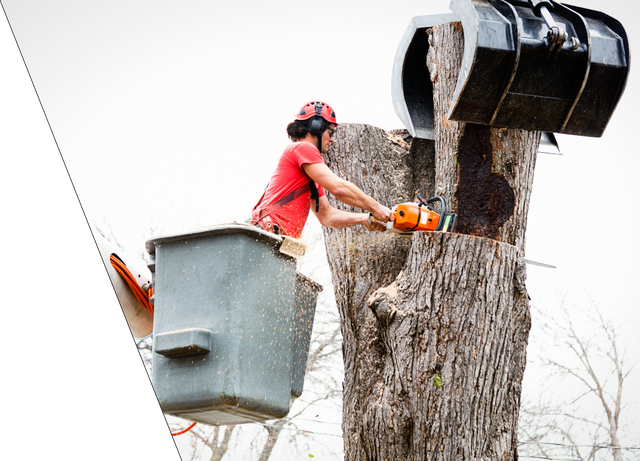All Categories
Featured
The elimination of trees can produce open areas that are prone to weed invasion. When trees are present, their dense covers typically color the ground, limiting the amount of sunlight that gets to the soil. After the elimination of trees, these open locations obtain raised sunshine, giving optimal conditions for weed growth.

They may recommend the usage of compost, which acts as a safety obstacle on the dirt surface, preventing weed seeds from sprouting and suppressing weed development.

The existence of trees fosters an abundant and varied area of dirt germs. Tree roots give a source of natural matter, exudates, and nutrients that support the development and activity of beneficial dirt microorganisms. However, when trees are gotten rid of, the lack of their roots can disrupt the delicate equilibrium of the dirt's microbial ecological community.
What Are The Best Tree Removal Wollongong Companies?
This adjustment in pH can affect vitamins and mineral schedule, microbial activity, and total dirt health. To deal with the impacts of tree cutting on dirt pH, tree removal professionals can give beneficial guidance. They might advise soil screening to examine the existing pH levels and identify the required modifications. Based upon the outcomes, specialists can recommend pH modification methods, such as adding lime to raise soil pH or integrating elemental sulfur to reduce it.

It refers to the compression of dirt fragments, leading to decreased pore room and increased dirt density. This compaction can negatively influence the soil's capacity to operate optimally, impacting its water-holding capability, nutrient availability, and origin infiltration. Proper methods used by tree elimination experts can aid minimize compaction and protect the soil's capacity to preserve water, and enable for adequate air flow and careful tools handling.
Latest Posts
How Much Should I Pay For Tree Cutting Wollongong?
What Is The Best Tree Arborist Wollongong Service In My Area?
What Is The Best Palm Tree Removal Wollongong Company Near Me